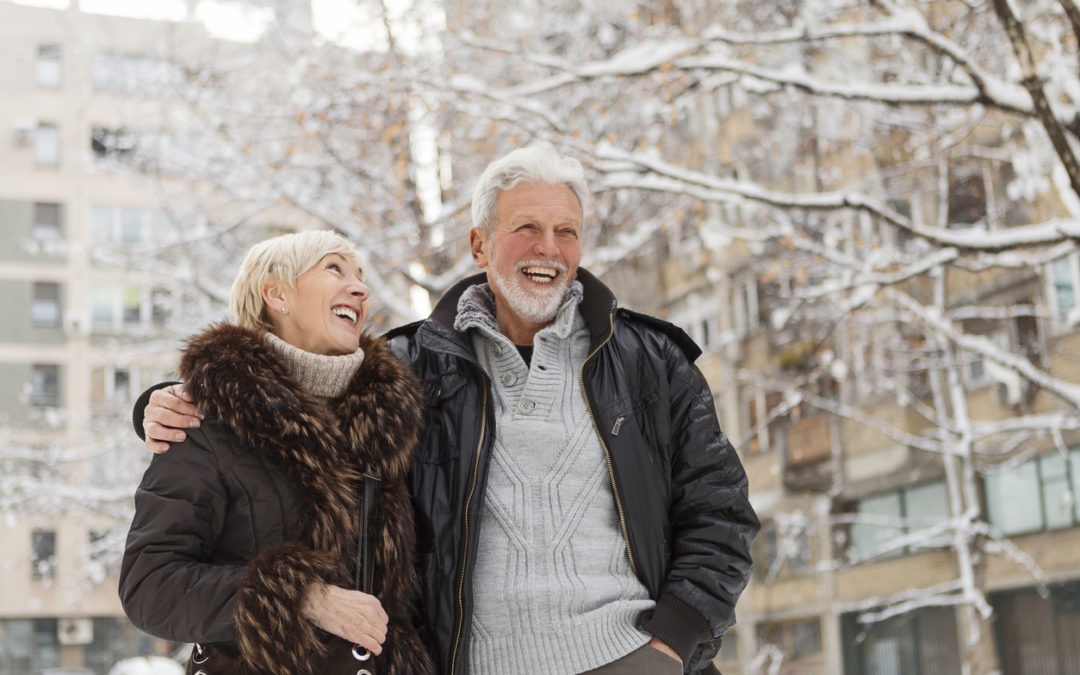Is the cold weather aggravating your varicose veins? Unfortunately, this is common. In this post, we’ll examine why varicose veins are typically more problematic during the winter months and what you can do to manage pain and discomfort.
Why Varicose Veins Get Worse in Winter Months
Perhaps the biggest reason why varicose veins often become more uncomfortable during the winter months is that this typically marks the time of year where people are less active. When the weather is cold, people are less inclined to get outdoors to work in the yard and go for a walk, and this sort of sedentary behavior isn’t ideal for vein health. Aside from less physical activity, there are a few other reasons why winter isn’t an ideal time for varicose veins:
- Cold temperatures cause vessels and muscles to constrict, which can potentially make your body work harder and place more pressure on your veins.
- The potential for weight gain is also higher in the winter if physical activity is eliminated. Any additional weight that is gained can also put excessive pressure on your body and your veins.
Symptoms to Expect
Varicose veins are unsightly, but they can also cause a significant deal of pain and discomfort – and these symptoms are often more present during the winter when people have a tendency to become more sedentary. Symptoms often include itching, burning, cramping or swelling around the areas where veins are present. An achy or heavy feeling in the legs is also common.
Indoor Exercises That Help
The good news is that there are exercises that you can do to alleviate pain and discomfort from varicose veins in the wintertime until you’re able to live a more active lifestyle once again. Here’s a look at some things that can relieve varicose vein pain and discomfort:
- Walking: Whether you have a treadmill in the home or can bundle up and get outdoors, walking for at least 30 minutes a day up to five times a week can help promote healthy circulation.
- Stretch your calves: Simply standing up on your toes to stretch your calves on a daily basis can also help.
- Leg lifts and bike legs: Leg lifts are performed by laying on your side and lifting one leg up and down slowly. Switch sides to exercise the other leg. Perform bike legs by laying on your back and mimicking the motion of riding a bicycle.
Another thing that can help is sticking to a healthy and balanced diet. We’ll get into more of this in the next section.
Vitamins & Foods for Varicose Veins
To help your varicose veins through the winter, be sure you’re paying attention to what you’re consuming. Stray away from processed and salty foods, which can be detrimental for your veins, and make sure you’re consuming a diet rich in copper. Fruits and vegetables are foods that also help promote good vein health – especially, surprisingly enough, onions.
Finding Vein Treatment in Manhattan, New York
For more information on how to care for your varicose veins during winter and to learn more about treatment options, meet our vein physicians in Manhattan, New York today. Contact our practice today to schedule an appointment.

